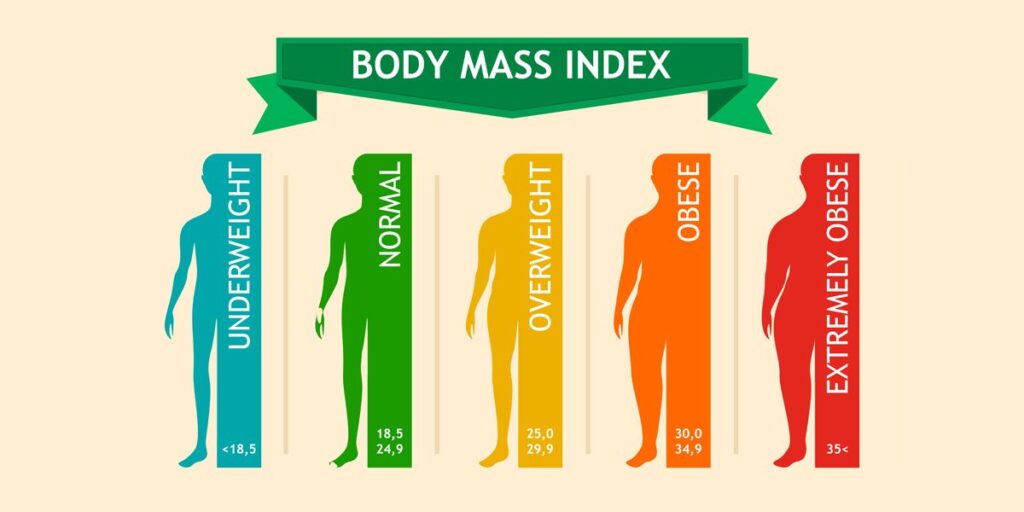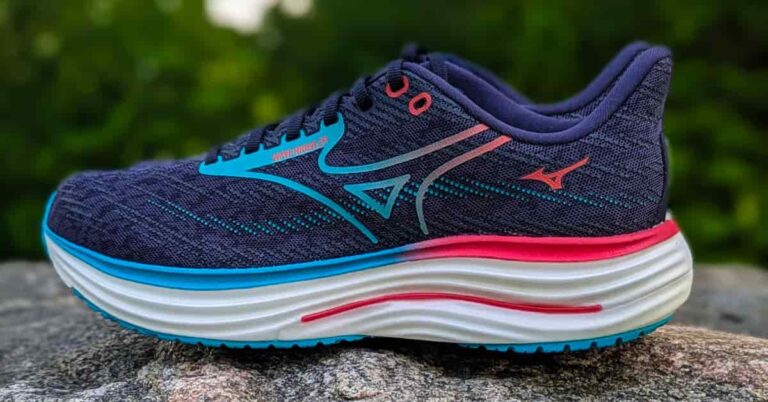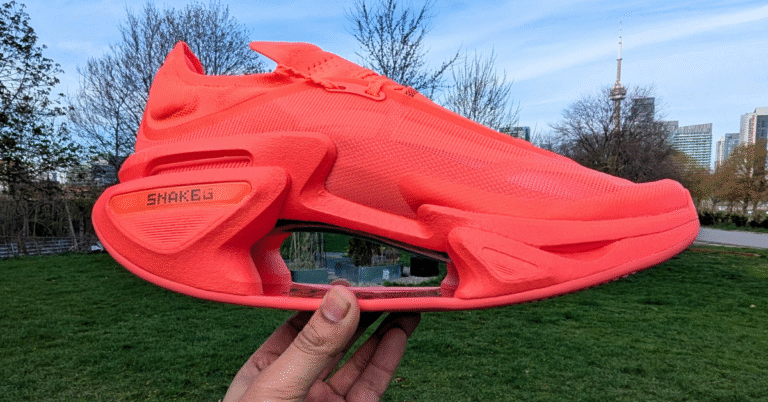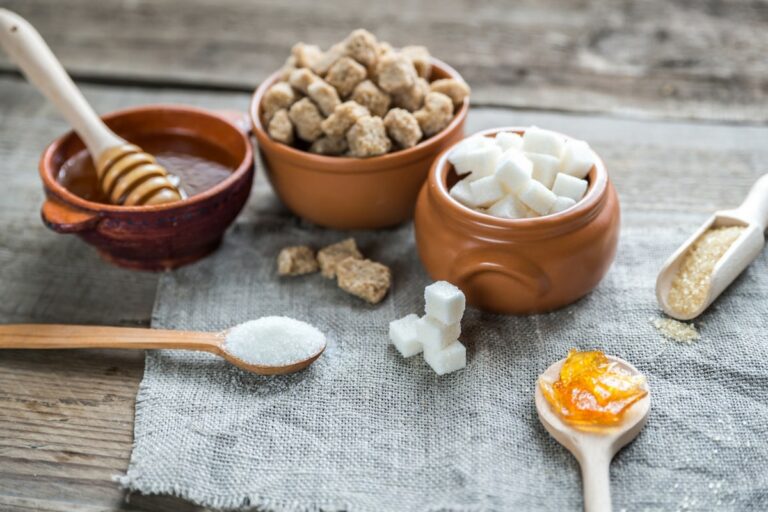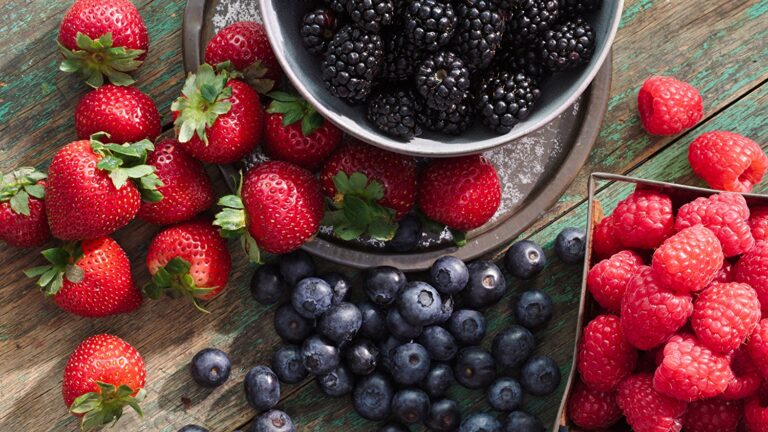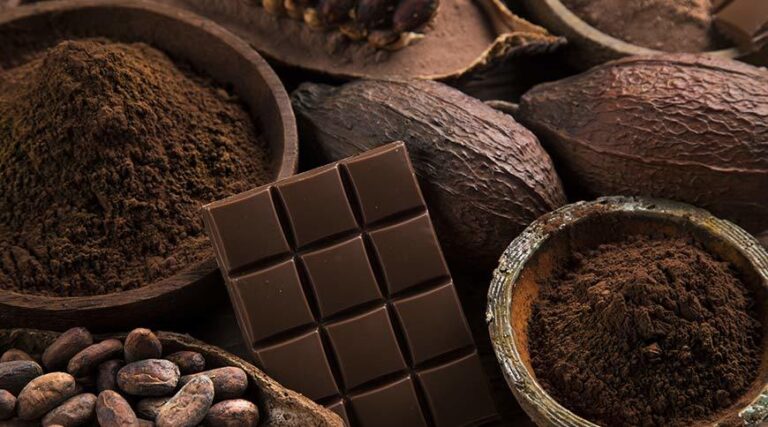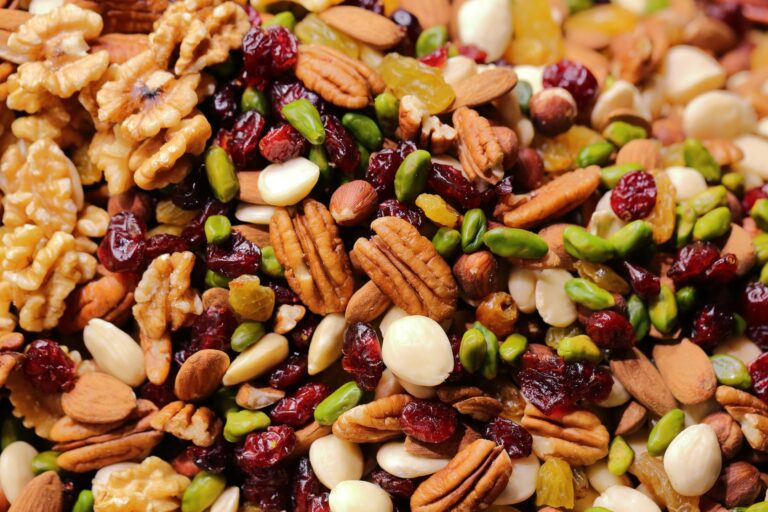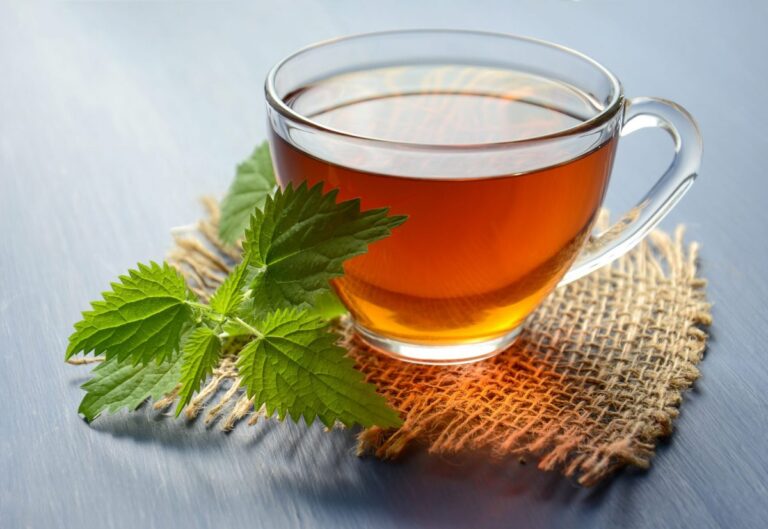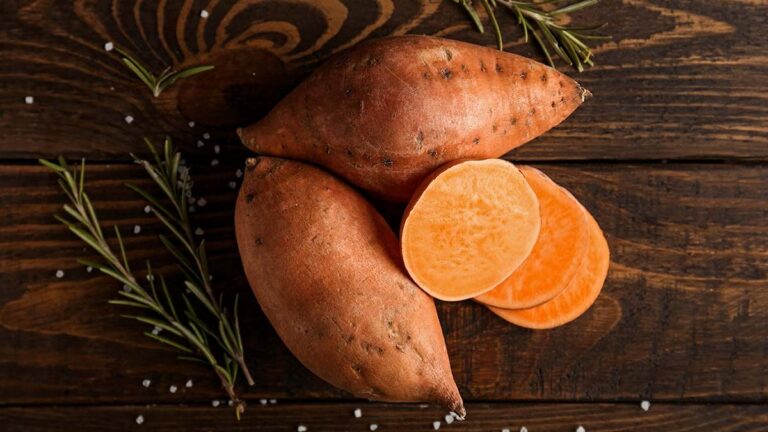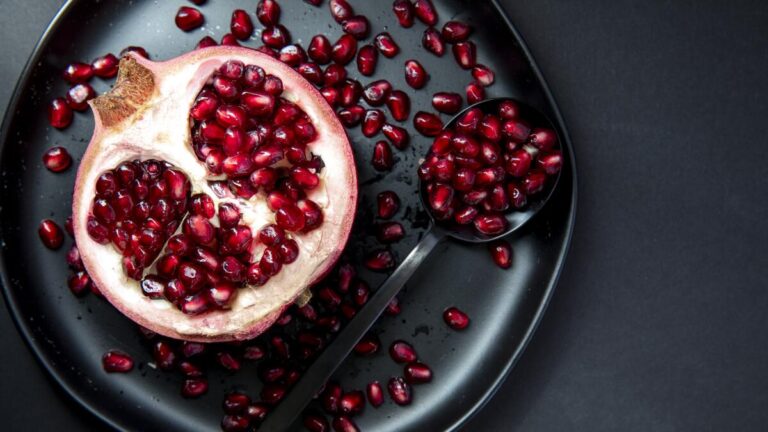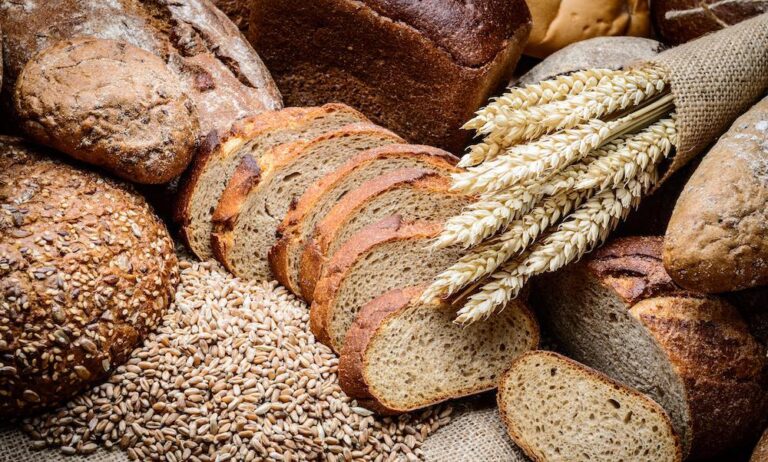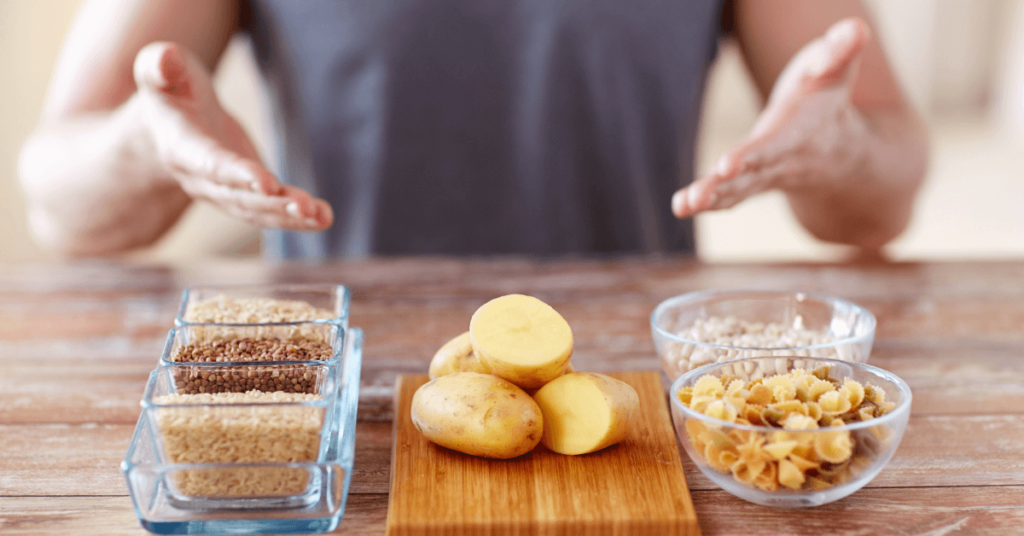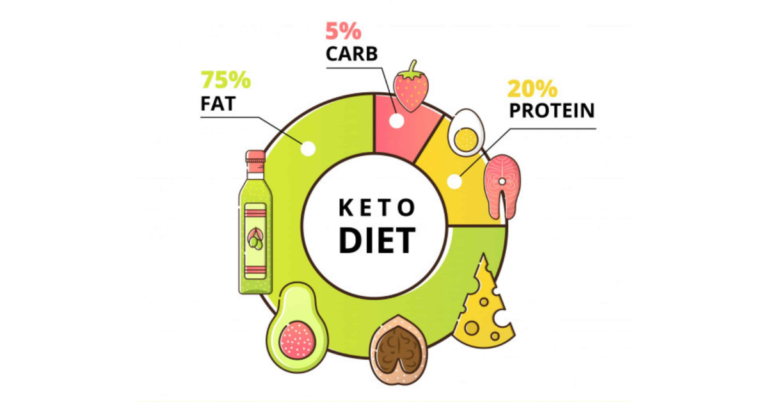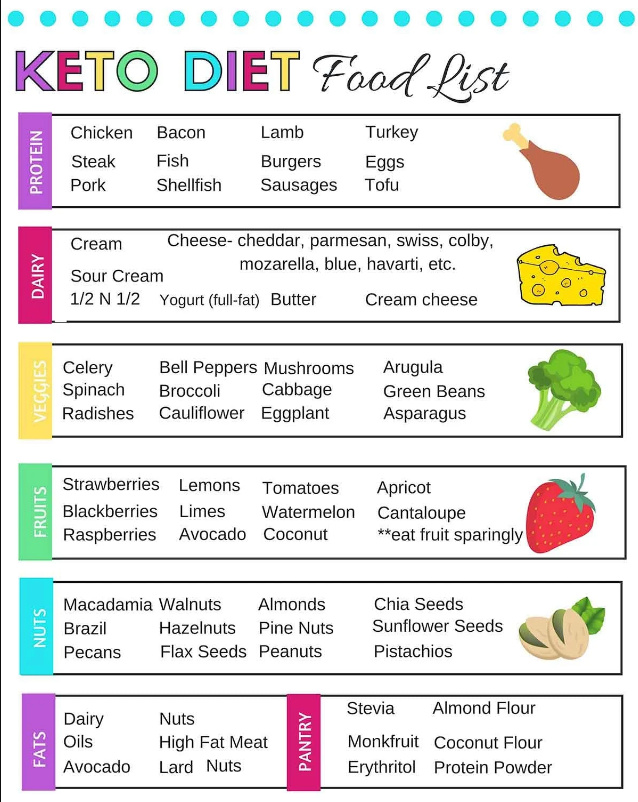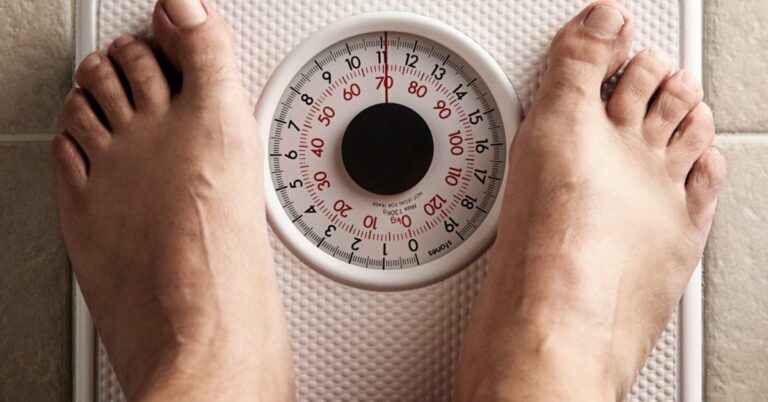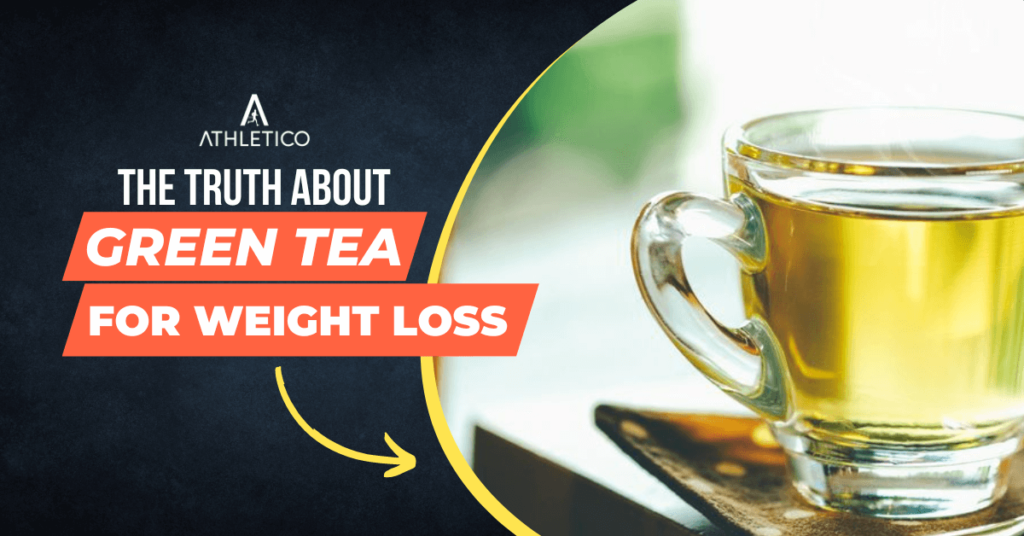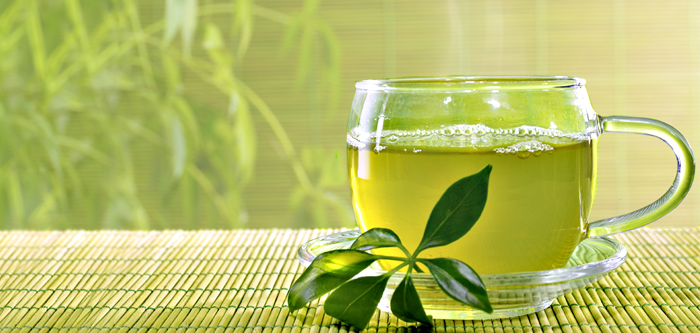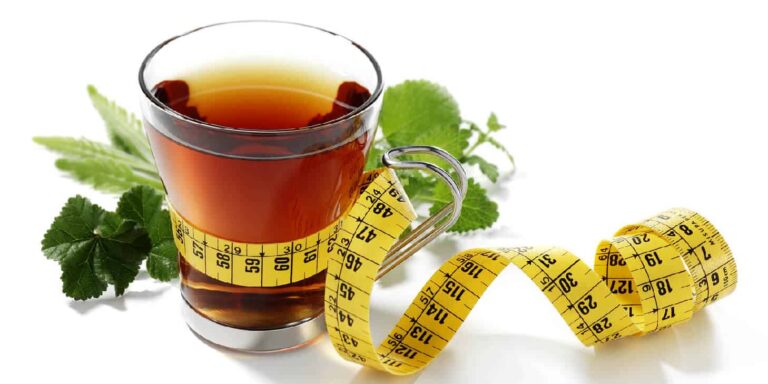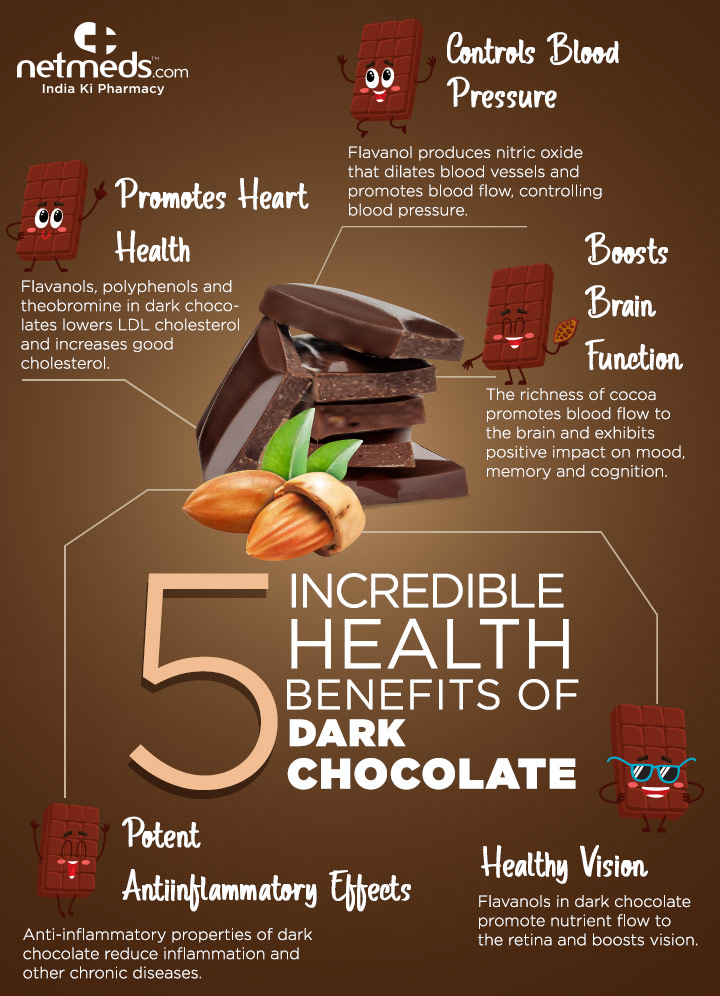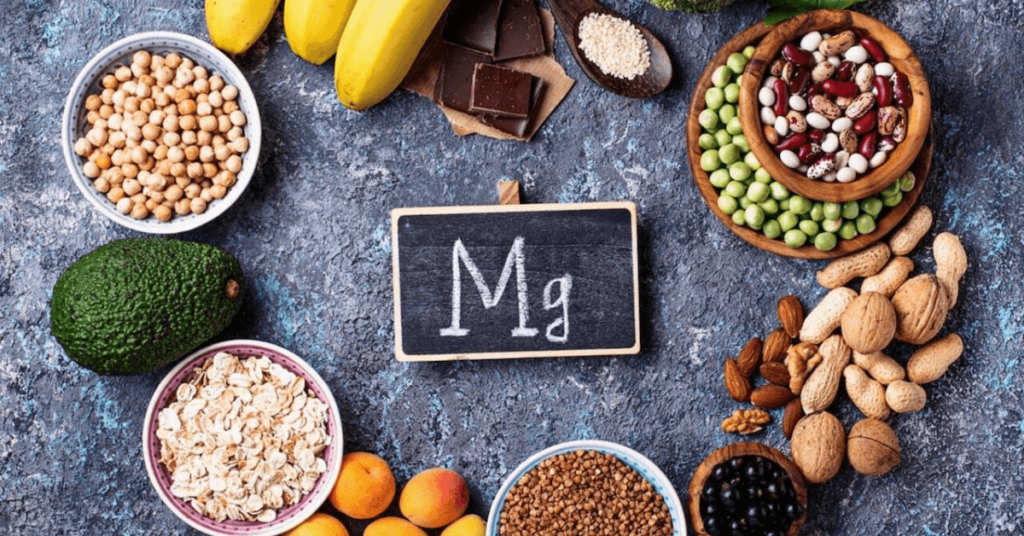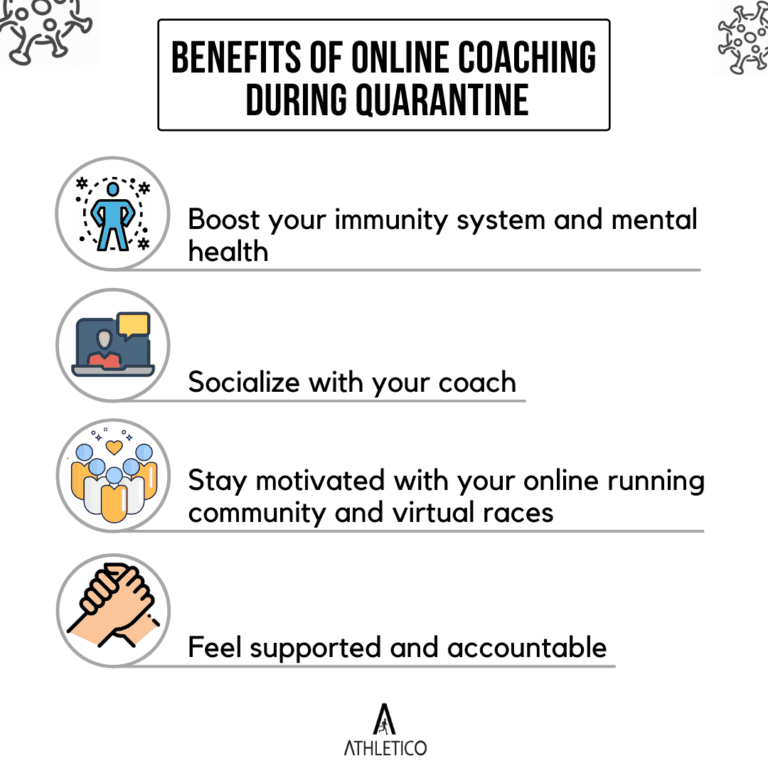What Happens to Your Body When You Walk 10,000 Steps Per Day
Walking 10,000 steps a day has become a widely recognized fitness goal, but do you know why? In this article, we’ll delve into the significance of this magic number, explore the health benefits it offers, consider potential risks, and provide strategies to help you reach this daily milestone.
Health Benefits
Weight Management and Calorie Burn
Numerous studies have shown that walking 10,000 steps a day can aid in weight management. A study published in the International Journal of Obesity found that this level of activity can help burn calories, making it an effective tool for weight loss or maintenance.
Cardiovascular Health Improvements
Walking is a simple yet powerful way to improve cardiovascular health. Research from the American Heart Association reveals that regular walking can lower the risk of heart disease and stroke. The 10,000-step goal promotes a healthier heart by increasing daily physical activity.
Enhanced Mental Well-being
Walking is not just good for your body; it’s also a mood booster. Studies, such as one published in the British Journal of Sports Medicine, have highlighted the positive impact of walking on mental health, reducing symptoms of depression and anxiety.
Boosting Bone and Joint Health
Maintaining bone density and joint flexibility is essential, especially as we age. Research in the journal Arthritis Care & Research suggests that walking can help preserve joint function and reduce the risk of osteoarthritis.
Impact on Diabetes and Blood Sugar Control
For those at risk of or managing diabetes, walking can be a game-changer. Research from Diabetes Care shows that regular walking can improve insulin sensitivity and help manage blood sugar levels.

Risks and Considerations
While walking offers numerous benefits, it’s essential to be aware of potential risks. Overuse injuries, such as shin splints or stress fractures, can occur if you increase your step count too rapidly. To mitigate these risks, it’s crucial to incorporate rest days and proper footwear into your routine.
Moreover, individual fitness levels vary, so it’s essential to tailor the 10,000-step goal to your capabilities. Starting with a lower step count and gradually increasing it can help prevent injury and make the goal more achievable.
Consider environmental factors like weather and terrain. On rainy days or during extreme temperatures, adapt your walking routine to stay safe and comfortable. Proper gear, including supportive shoes, is a must to prevent injuries.
Tailoring Your Goal
Achieving 10,000 steps may seem daunting, but it’s essential to set a goal that suits your fitness level and lifestyle. Start with a step count that feels attainable and gradually increase it as you progress. Remember, any increase in physical activity is a step in the right direction.
Combining walking with other forms of exercise, such as strength training or yoga, can provide a well-rounded fitness routine. Tracking your progress and setting realistic milestones will help you stay motivated and measure your achievements.
Incorporating walking into your daily life is key. Opt for the stairs instead of the elevator, walk to nearby destinations, or take short breaks at work to stretch your legs.
Strategies
Setting Specific, Measurable, Achievable, Relevant, and Time-bound (SMART) goals can increase your chances of success. Aim to walk a certain number of steps each day or week and track your progress using smartphone apps or fitness trackers.
Get creative with how you accumulate steps. Explore your neighborhood, discover local parks, or join walking clubs to make the journey more enjoyable. Walking in natural settings can have additional mental health benefits.
Finally, consider walking as a social activity. Involve friends or family, or join a community that shares your fitness goals. Having a support system can help you stay motivated and committed to your daily walking routine.
What Happens to Your Body When You Walk 10,000 Steps Per Day Read More »



